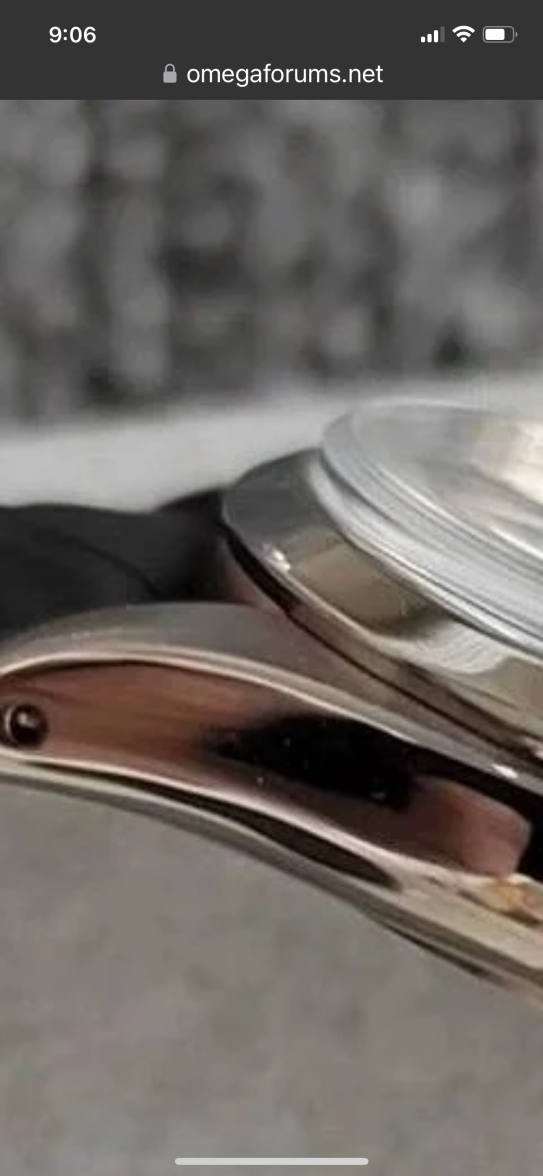- Posts
- 4
- Likes
- 0
Oreland
·Hi everyone,
Im new to collect vintage watches. After buying several vintage Omegas, I suddenly realized that the case of a watch seems to be an easily replaceable part. Some enthusiastic people on this forum told me that the case of a vintage watch should have signs of aging, and if the case has been severely polished, it will lose its sharp edges. But some cases do not originally have sharp edges, and the polished one does not look very different from the original one, so I can't identify whether the case has been polished or just replaced. This Rolex in the picture is an example, its case looks just too new and significantly different from the condition of dial. For such kind of vintage watch, is there any way to tell whether the case has been polished or replaced? Please educate me, thanks.
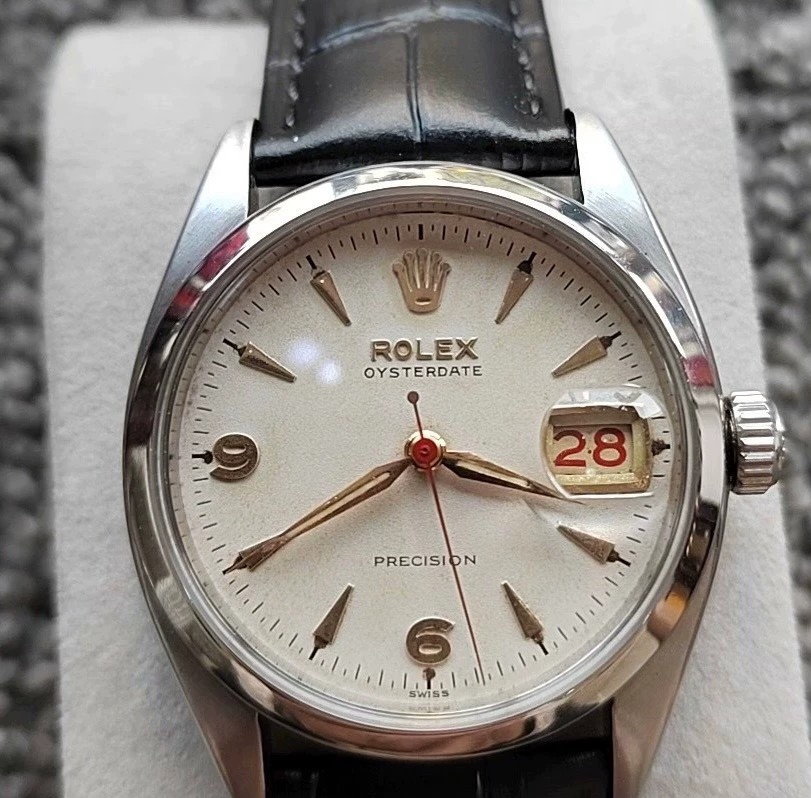
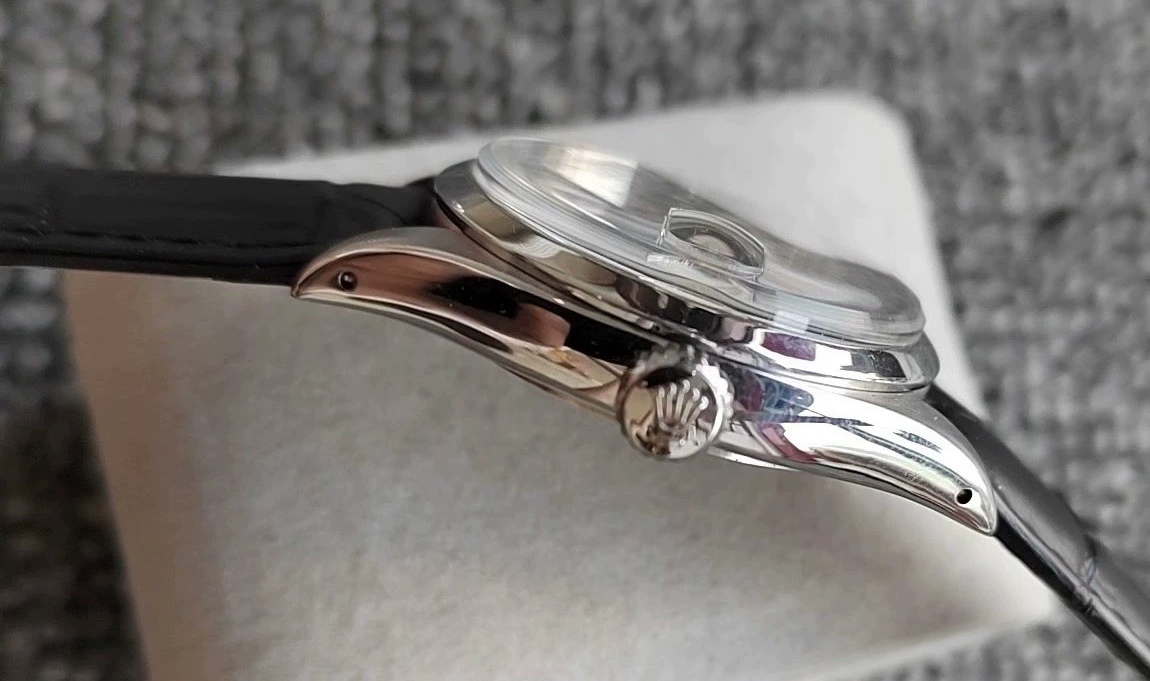
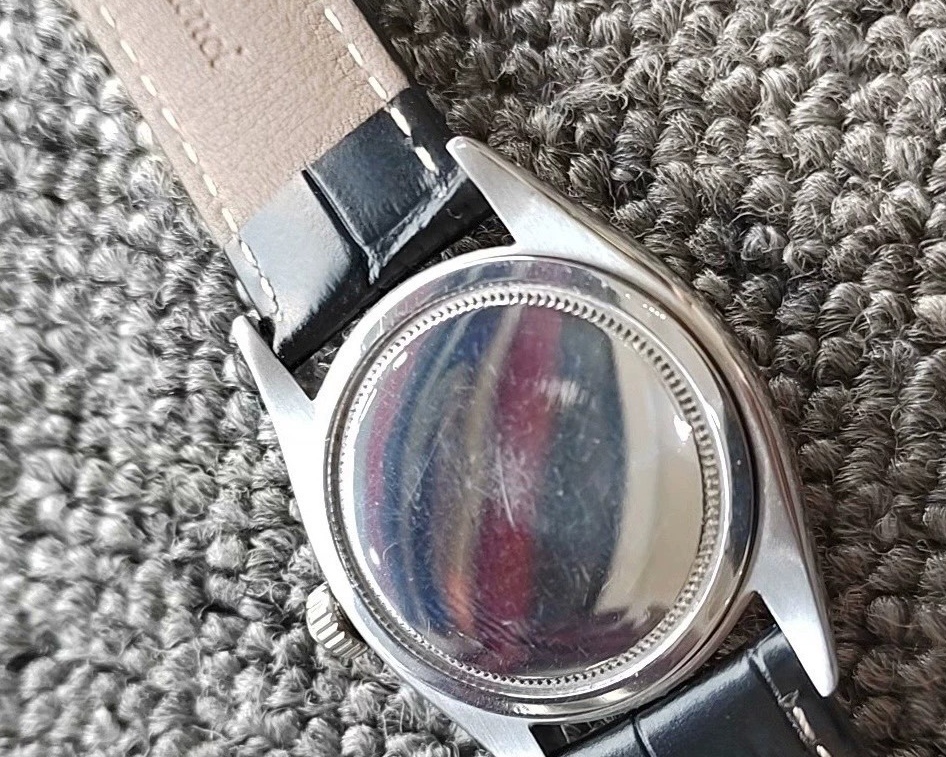
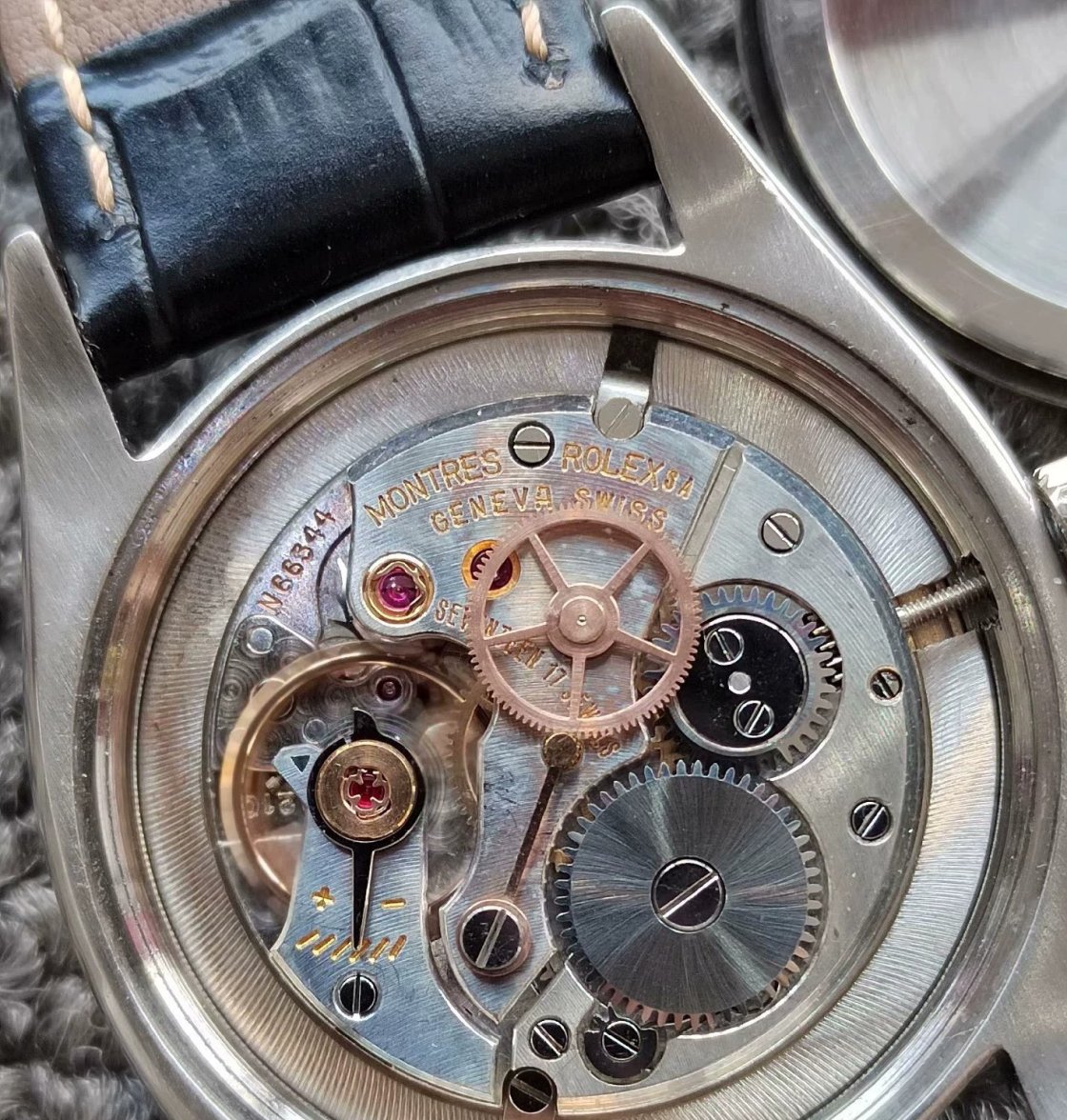
Im new to collect vintage watches. After buying several vintage Omegas, I suddenly realized that the case of a watch seems to be an easily replaceable part. Some enthusiastic people on this forum told me that the case of a vintage watch should have signs of aging, and if the case has been severely polished, it will lose its sharp edges. But some cases do not originally have sharp edges, and the polished one does not look very different from the original one, so I can't identify whether the case has been polished or just replaced. This Rolex in the picture is an example, its case looks just too new and significantly different from the condition of dial. For such kind of vintage watch, is there any way to tell whether the case has been polished or replaced? Please educate me, thanks.




Edited:
